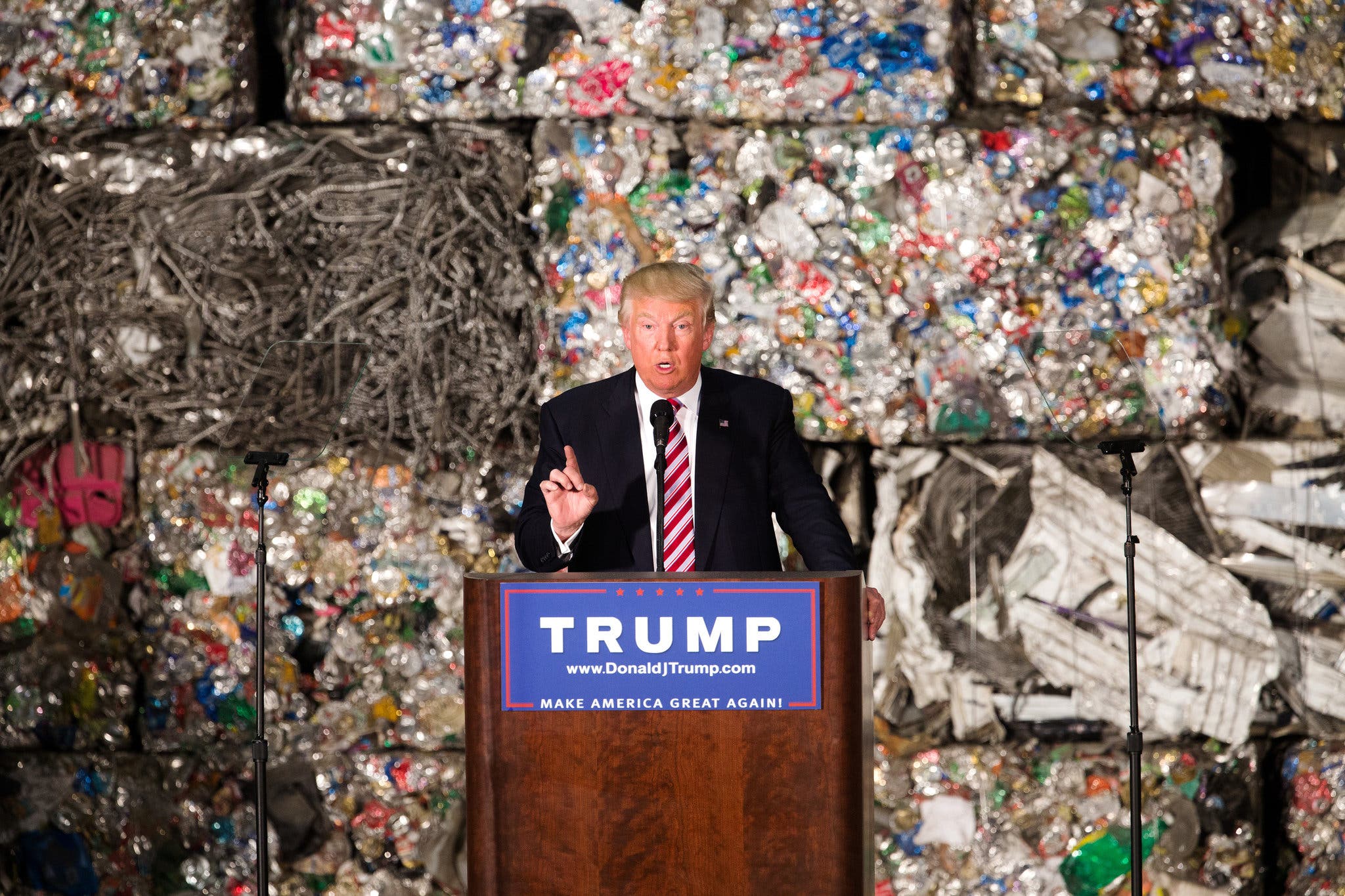Export Reliance: China's Economic Weakness In The Face Of Tariffs

Table of Contents
The Export-Led Growth Model: A Double-Edged Sword
China's economic miracle has been largely fueled by its export-led growth model. For decades, the country focused on manufacturing goods for export, attracting foreign investment and generating substantial economic growth. This strategy, however, has proven to be a double-edged sword.
- High dependence on global demand: China's economy is highly sensitive to fluctuations in global demand. A downturn in major export markets directly impacts its economic performance.
- Vulnerability to external shocks: Trade wars, economic recessions in key trading partners, and even geopolitical instability can severely disrupt China's export-driven growth. The recent US-China trade war serves as a stark example.
- Limited domestic consumption: Prioritizing exports has historically meant under-developing domestic consumption as a significant engine of economic growth. This imbalance creates an inherent vulnerability.
While the export-led model brought undeniable benefits, including rapid industrialization and job creation, its inherent risks are becoming increasingly apparent. The current challenges highlight the need for a more balanced and resilient economic strategy.
Impact of Tariffs on Key Export Sectors
China's major export sectors, including electronics, textiles, machinery, and consumer goods, have felt the brunt of escalating tariffs. These tariffs have significantly impacted China's economic growth and global trade relationships.
- Reduced demand for Chinese goods: Tariffs imposed by countries like the United States have made Chinese goods more expensive, leading to reduced demand in those markets.
- Price increases and decreased competitiveness: To offset the impact of tariffs, some Chinese manufacturers have raised prices, reducing their competitiveness in the global market.
- Shift in global supply chains: Companies are increasingly diversifying their supply chains, moving away from China to avoid tariff-related disruptions and risks.
- Specific examples: The tariffs imposed on Chinese electronics and solar panels, for instance, have resulted in significant job losses and reduced production in those sectors. The impact on the textile industry has been equally pronounced, forcing some manufacturers to relocate.
China's Response to Trade Tensions and Tariffs
Faced with these challenges, China has implemented several strategies to mitigate the impact of tariffs and bolster its economy.
- Government subsidies and support for affected industries: The Chinese government has provided financial assistance and subsidies to industries affected by tariffs to help them stay afloat.
- Efforts to diversify export markets: China is actively seeking new export markets in regions like Africa, Latin America, and Southeast Asia to reduce its reliance on traditional partners.
- Investment in domestic consumption: The government is pushing to stimulate domestic consumption to reduce dependence on exports as the primary driver of economic growth. This includes measures to boost consumer spending and incomes.
- Negotiations and trade agreements with other countries: China is actively engaging in trade negotiations and agreements with other countries to secure market access and reduce trade barriers.
The effectiveness of these responses remains to be seen. While some measures have provided temporary relief, a fundamental shift towards a more diversified and domestically driven economy is essential for long-term sustainability.
The Role of the Belt and Road Initiative (BRI)
The Belt and Road Initiative (BRI) is a significant component of China's strategy to counter export reliance. By investing in infrastructure projects and fostering economic cooperation across Eurasia and beyond, the BRI aims to create new markets for Chinese goods and services. However, the BRI faces challenges, including concerns about debt sustainability in recipient countries and geopolitical complexities. While some BRI projects have yielded successes, others have faced delays or setbacks, highlighting the complexities of this ambitious undertaking.
Long-Term Implications for the Chinese Economy
China's long-term economic health depends on its ability to successfully transition away from its export-led model. This requires significant structural reforms.
- Need for increased domestic consumption: Cultivating a robust domestic consumer market is crucial for sustainable growth. This requires raising disposable incomes and building consumer confidence.
- Development of a more diversified and resilient economy: Reducing reliance on specific export sectors and diversifying the economy is vital to withstand external shocks.
- Focus on technological innovation and higher value-added products: Moving towards higher value-added products and technological innovation will enhance competitiveness and reduce vulnerability to price-based competition.
- Potential for long-term economic consequences: Failure to address export reliance could lead to slower economic growth, increased unemployment, and social instability.
Conclusion:
China's over-reliance on exports has left its economy vulnerable to global trade tensions and tariffs. The impact on key export sectors has been significant, necessitating a shift towards a more balanced and domestically driven growth model. While China has implemented various strategies, including the BRI, the long-term success hinges on structural reforms that prioritize domestic consumption and technological innovation. Understanding China's export reliance and its vulnerabilities is crucial for navigating the complexities of the global economy. Further research into the effectiveness of China's responses to trade pressures and its ongoing efforts to diversify its economy is essential for a comprehensive understanding of its future economic trajectory. Therefore, continue to follow developments regarding China's export reliance and its implications for global trade.

Featured Posts
-
 Ftcs Appeal Against Microsofts Activision Blizzard Purchase
Apr 22, 2025
Ftcs Appeal Against Microsofts Activision Blizzard Purchase
Apr 22, 2025 -
 Who Pays The Price For Trumps Economic Policies A Comprehensive Analysis
Apr 22, 2025
Who Pays The Price For Trumps Economic Policies A Comprehensive Analysis
Apr 22, 2025 -
 Private Credit Jobs 5 Dos And Don Ts For A Successful Application
Apr 22, 2025
Private Credit Jobs 5 Dos And Don Ts For A Successful Application
Apr 22, 2025 -
 The Economic Fallout Of Trumps Policies A Deep Dive
Apr 22, 2025
The Economic Fallout Of Trumps Policies A Deep Dive
Apr 22, 2025 -
 Revolutionizing Voice Assistant Development Open Ais Latest Tools
Apr 22, 2025
Revolutionizing Voice Assistant Development Open Ais Latest Tools
Apr 22, 2025
